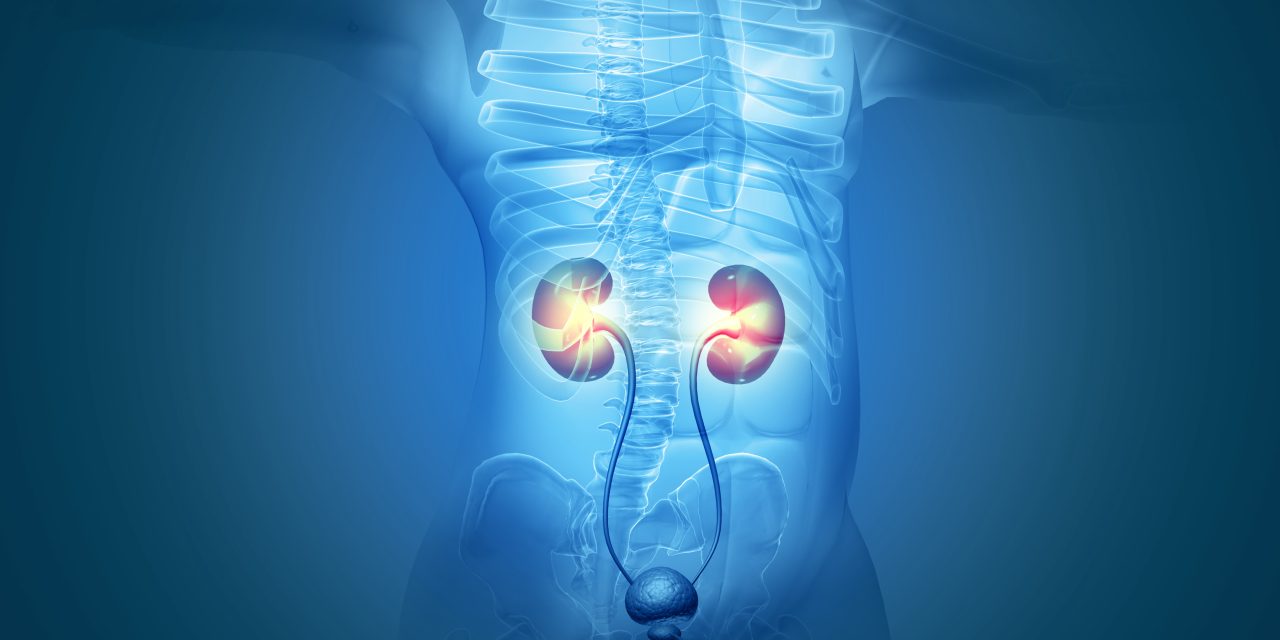To characterize the epidemiology of male factor infertility and identify which types of providers are treating infertile men in the United States.
The National Ambulatory Medical Care Survey was queried between 2006 and 2016 for all ambulatory care visits. Men with a diagnosis of infertility were identified by international classification of disease coding. Comorbidities, demographic and visit information were abstracted from the patients’ medical record by a combination of trained surveyors and physicians. The survey data was weighted to create nationally representative estimates, and a combination of Chi-squared and Student’s t-tests were utilized to determine significance.
Among the 8.7 billion patient visits between 2006 and 2016; there were 3,422,000 male encounters with a diagnosis of male factor infertility. The most common provider type for male factor infertility encounters was urology (42.12%) followed by primary care (39.79%), gynecology (7.05%) and all other provider types (11.01%). A significant number of men seen for infertility had comorbidities such as cancer (115,000 men, 3.36%) diabetes (267,000 men, 7.81%), depression (301,000 men, 8.8%), and active tobacco use (857,000 men, 30.3%).
In a nationally representative sample, more than 50% of ambulatory care visits for male factor infertility were not seen by urologists. These men also had a significant number of comorbidities for a relatively young cohort, emphasizing the importance of multidisciplinary care for men with a diagnosis of infertility.
Copyright © 2021. Published by Elsevier Inc.
Characterizing the Epidemiology and Provider Landscape of Male Infertility Care in the United States.


